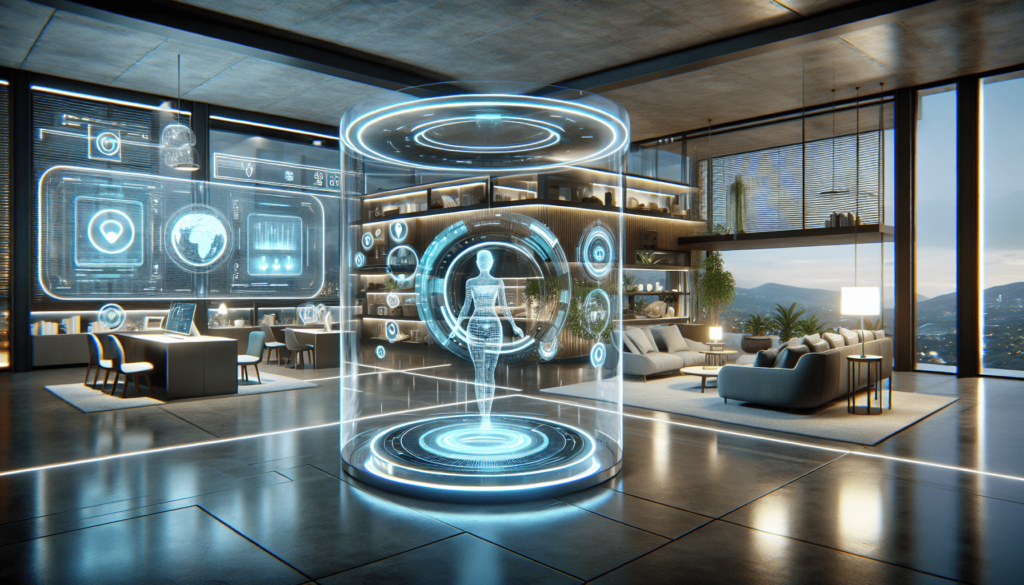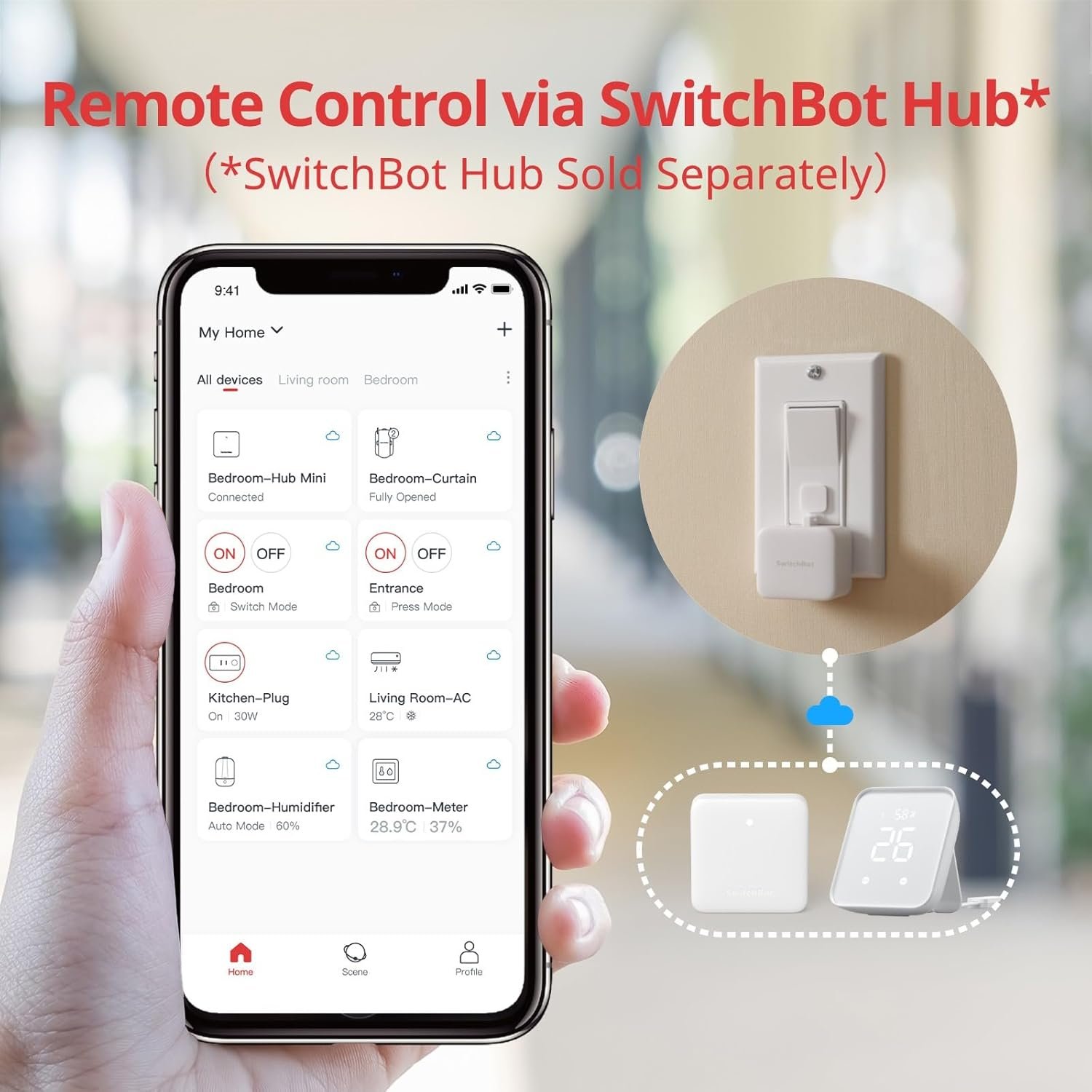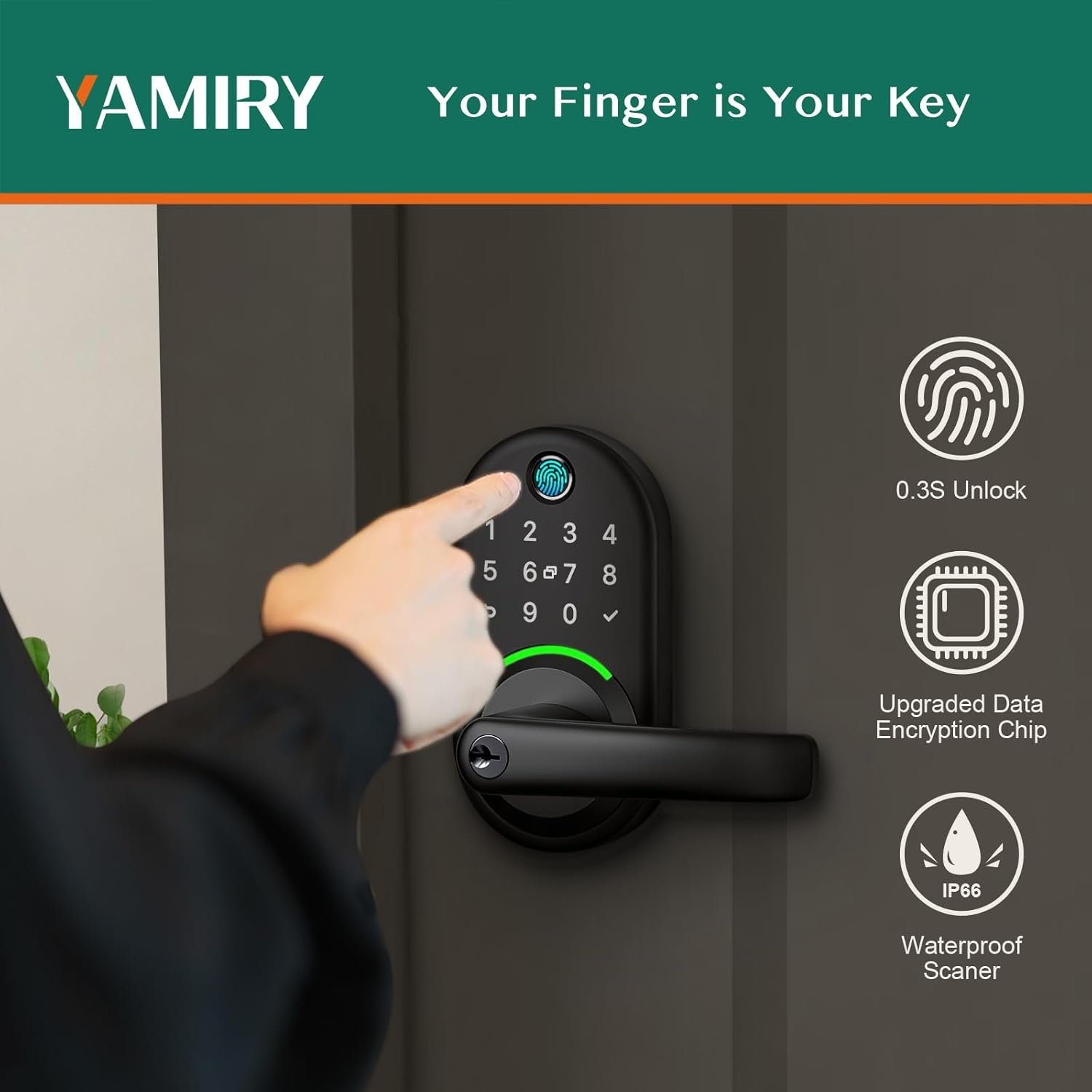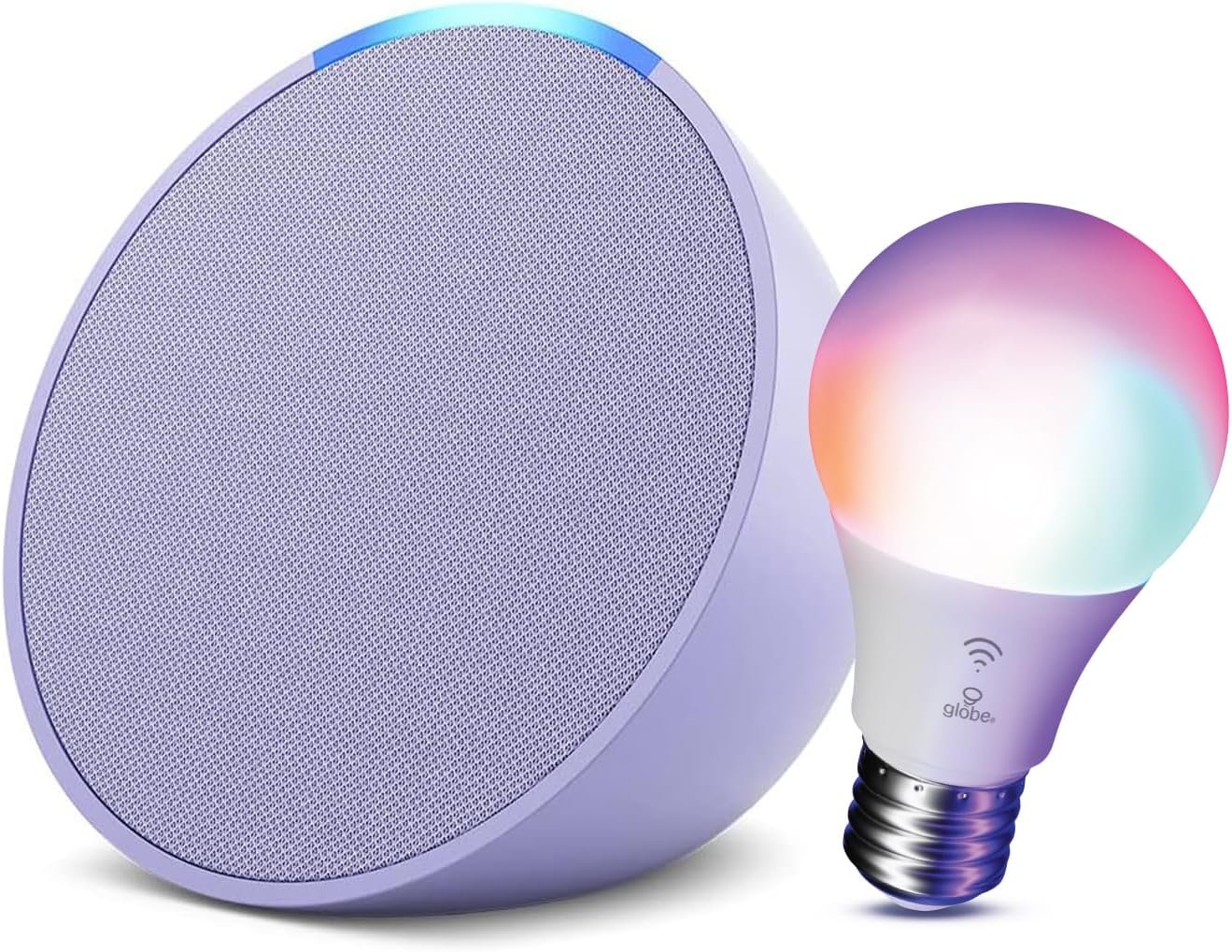Have you ever wondered how your home could transform over the next decade with the advances in smart technology? Imagine a world where your living space not only caters to your needs before you even realize them but also becomes increasingly efficient, secure, and seamlessly integrated into your daily life. As we explore what smart homes might look like ten years from now, you’ll gain insights into the cutting-edge developments set to revolutionize how we interact with our environments.

Understanding Smart Home Technology
To comprehend the future, let’s first establish a clear picture of what smart home technology entails today. Essentially, a smart home features devices connected through the internet, allowing you to control and automate functions such as lighting, heating, and security systems.
Current Smart Home Devices
Today’s smart homes include a variety of devices ranging from smart thermostats, security cameras, and lighting systems, to voice-activated assistants like Alexa and Google Assistant. These devices enhance convenience and comfort while maintaining the efficiency of everyday tasks.
Benefits of Smart Home Living
The primary allure of smart homes lies in their ability to save time and energy. They offer an unparalleled level of convenience; for instance, automating household tasks like adjusting thermostats and setting home security systems. Moreover, they are more energy-efficient, often leading to significant cost savings over time.
Cost and Value Considerations
When considering a shift to a smart home, understanding the cost implications and potential value is crucial. The initial investment can be high, but the long-term benefits often justify the expense.
Installation Costs and Long-term Savings
Initial setup costs for smart home devices may vary depending on the complexity and number of devices installed. However, many homeowners find that the energy savings and increased property values make it a worthwhile investment. Devices like smart thermostats and lighting can reduce utility bills significantly, offering a good return on investment over time.
Return on Investment
A well-integrated smart home system can increase property values. Potential buyers often seek homes equipped with energy-efficient and technologically advanced features, making them willing to pay a premium for such upgrades.
Comparisons and Examples of Smart Home Solutions
Choosing the right smart home devices can be overwhelming given the variety of options. Understanding different types of technologies and their applications can guide your decision-making process.
Real-world Use Cases
Consider a day where your smart home alarm wakes you up, the thermostat adjusts to your preferred morning temperature, and your coffee machine brews your morning coffee—all controlled via voice command or smartphone. This is a reality for many homes today, demonstrating the convenience and efficiency smart homes provide.
Comparison of Different Systems
There are multiple platforms and ecosystems available to build your smart home. Platforms like Apple HomeKit, Amazon Alexa, and Google Home offer distinct advantages and can operate a wide array of devices from lighting to smart locks. It’s important to research and chooses the ecosystem that suits your needs best.
Practical Setup Guides
Setting up a smart home can seem daunting, but breaking it down into manageable steps ensures a smoother process.
Step-by-step Installation Instructions
- Assess Your Needs: Determine what areas of your home would benefit most from smart technology.
- Choose a Platform: Decide on a platform like Alexa, HomeKit, or Google, which will be the backbone of your smart home.
- Start with Basics: Install fundamental devices such as smart bulbs, thermostats, and security systems.
- Expand Gradually: Add additional gadgets like smart speakers, cameras, or kitchen appliances as needed.
- Integrate and Automate: Use your chosen platform to integrate and automate the devices for simplified management.

Security and Privacy Factors
One crucial consideration for smart homes is ensuring that your systems are secure and your privacy is protected.
Potential Risks and Best Practices
Smart devices, being internet-connected, do present potential security risks, including unauthorized access and data privacy concerns. It’s essential to secure your networks with strong passwords, regularly update software, and use encryption wherever possible.
Safety Features of Smart Devices
Many smart devices come equipped with enhanced security measures, such as two-factor authentication and biometric locks, to safeguard your home and personal information.
Energy Efficiency and Sustainability
Smart homes contribute significantly to energy conservation, making them an attractive option for environmentally-conscious consumers.
Reducing Energy Consumption
Devices like smart lighting and thermostats allow for precise control over energy use. They can be programmed to adjust automatically based on factors like occupancy and time of day, maximizing efficiency.
Sustainable Living Innovations
The future of smart homes includes innovations aimed at sustainability, such as integrated solar panels and battery storage systems, leading to a reduced carbon footprint and energy independence.
Compatibility and Connectivity
A seamless smart home experience requires devices that are compatible and connected effectively.
Interaction with Various Platforms
Smart devices must work harmoniously with different platforms and voice assistants. Opt for devices that are designed to integrate with multiple systems for better flexibility and functionality.
Overcoming Connectivity Challenges
As smart homes evolve, addressing connectivity issues such as internet dead zones and device communication will be paramount for maintaining a cohesive system.
Future-Proofing and Innovation
What will smart homes look like in the future? The landscape of home technology is expected to change dramatically over the next decade.
Emerging Trends in Smart Technology
Future trends include advancements in artificial intelligence (AI), where homes will not only respond to input but anticipate needs, making proactive adjustments to enhance comfort and efficiency. Also, expect an increase in the use of augmented reality (AR) for design and entertainment purposes.
Opportunities for Innovation
The next decade will witness innovations in smart home technology focusing on enhancing human-centric designs. This includes innovations meant to improve the quality of life for an aging population, such as health monitoring and emergency response systems integrated into everyday living environments.
Is Investing in a Smart Home Right for You?
Deciding whether to invest in smart home technology involves weighing various factors based on personal needs and lifestyle.
Aligning Smart Home Investments with Your Needs
Consider aspects like lifestyle, environmental concerns, budget, and long-term goals. Smart homes provide a solution tailored to diverse living conditions, whether it’s enhancing convenience, increasing energy savings, or boosting safety.
A Future-Ready Investment
Investing in smart home technology today paves the way for a future-ready lifestyle. With ongoing innovations and advancements, smart homes will undoubtedly play a central role in our daily lives over the next decade.
In contemplating these perspectives, the journey towards transforming your living space into a smart haven appears promising and full of potential. Whether you’re looking to boost energy efficiency, enhance security, or simply enjoy the convenience of smart technology, the future of smart homes will likely exceed current expectations, offering innovative ways to shape how we experience home life.




